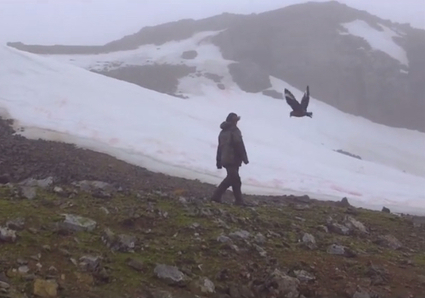A new study offers the most robust proof yet that a new species of manta ray is lurking in the Gulf of Mexico.
Scientists believed there was only one species of manta ray until 2009, when Andrea Marshall, then a graduate student at the University of Queensland in Australia, showed that there were actually two distinct species: the coastal-living reef manta ray and the open-ocean oceanic manta ray. Marshall suspected there was even a third irregularly colored manta species. But the rays were hard to glimpse and even harder to capture. The specter of this missing manta has lingered over manta biologists ever since.
Now, a new study offers the most robust genetic evidence yet of the new species, which scientists have dubbed the Caribbean manta ray. “It is nice to see that the majority of the manta research community is united behind the idea that there is indeed a third species of manta ray,” says Marshall, who was not involved with the research.
“The fact that we are still identifying new species of megafauna is amazing,” says Josh Stewart, an associate director of the nonprofit the Manta Trust and an author on the study. “These aren’t tiny gobies that can go around undetected.” It’s incredibly tricky to identify a Caribbean ray unless you know exactly what you’re looking for, as the species have highly variable appearances, says Stewart. Take the mouth, for example. Some Caribbean rays have white mouths, others have black mouths, and some have mouths that fall somewhere, vaguely, in between. “They always kind of look like a bizarre mix of things,” Stewart says.
Via Grant W. Graves, Dr. Stefan Gruenwald



 Your new post is loading...
Your new post is loading...













